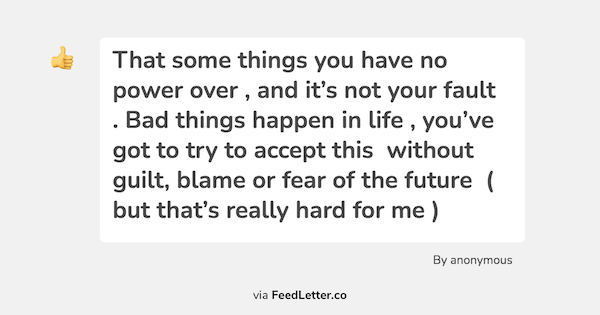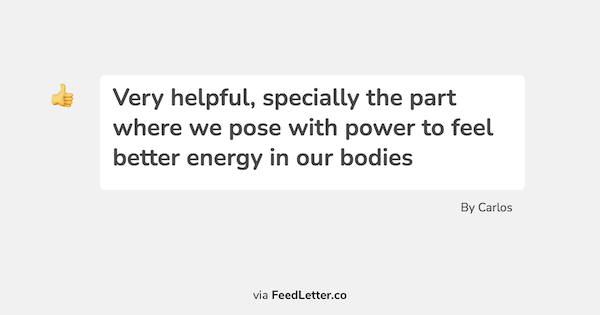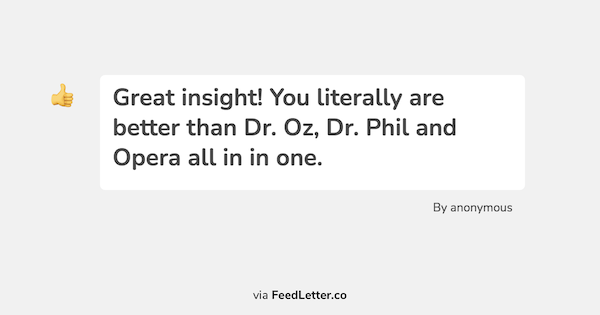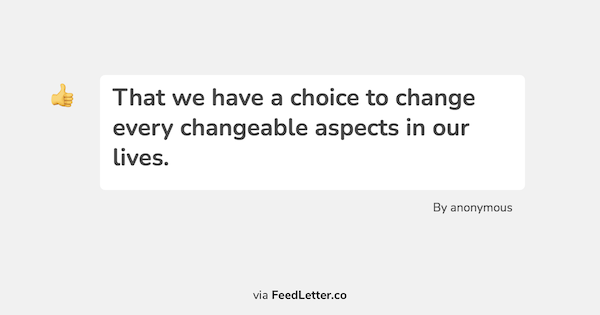A while ago, I wondered if Feedletter links would also work in my ebooks and if readers are going to use them. So, I started this little experiment and now take you along with it.
Setup
I chose two of my ebooks that are published on all major retailers, but I did not distribute the test to all channels. I added a FeedLetter section at the end of each chapter and one in the “conclusion”/“thank you” section.
Both books are in the personal development niche around mindfulness. One is named Mindful Living (ML), and the other shall stay nameless (HTR3).
ML was updated on Amazon and HTR3 on Smashwords with a focus on the iBookstore.
I also wanted to test if it makes a difference if the book is free or paid. ML is free to read on Amazon, and HTR3 is a low-priced version at 99c.
Here’s how the feedback section looks in the books:

The copy for a chapter only differed in that I asked about the chapter and not the whole book.
The follow-up question on the extended feedback page was tuned to gather more insights based on the voting response.
- 👍 -> 👍 What helped you the most?
- 😐 -> 😐 What did you miss?
- 👎 -> 👎 What did you not like?
The experiment started around 2021-04-28.
Findings: Readers Use It
I did not know if readers would actually use those, so I was really surprised when the first votes and even comments came in. Readers actually used them.
However, the most votes and comments happen in chapter 1 or 2 and then drop to zero for the other chapters, with few votes at the bookend (and no comments).
HTR3 has 8 chapters, and chapters 3 to 8 never got a single vote.
ML has 4 chapters, but I skipped the widget in the first one as it’s kind of an introduction.
The feedback is mostly positive, and all comments were too. There wasn’t a single negative vote yet.
The overall number of responses is also pretty low compared to the number of copies sold/downloaded. But it’s in the same range as I see it with many newsletters.
| Book | Downloads | Votings | Comments |
|---|---|---|---|
| ML | 48 | 2 | 1 |
| HTR3 | 121 | 15 | 9 |
HTR3 got way more votes and comments than ML.
It is hard to tell if it was because of paid vs. free or if the platforms caused the differences.
Honestly, I never tested if my Kindle Paperwhite could even display emojis correctly. That might be an issue too.
What Type Of Feedback They Got
The next big question is, what type of feedback did the readers leave.
Of course, I got the usual “helpful” and “good,” which are frankly nice to hear but don’t help much in improving the book. But they also got betters, and some I am sharing below:




Note that they are put out of context now. Readers actually responded to whatever was covered in a chapter.


Conclusion
I am totally astonished that book readers did actually use the feedback links and left comments. That’s a good sign and worth trying on your own ebooks.
Although the response rate was low, enough people left comments within a month to justify the space in the book.
However, it might be better not to ask for feedback after each chapter but more sparingly. It might be that the readers just got tired of the section or overlooked it, etc. But it might also be totally unrelated to the widget itself and have other reasons.
Nonetheless, if you sell ebooks, add a few Feedletter widgets to your book and test it. I would love to hear your results.